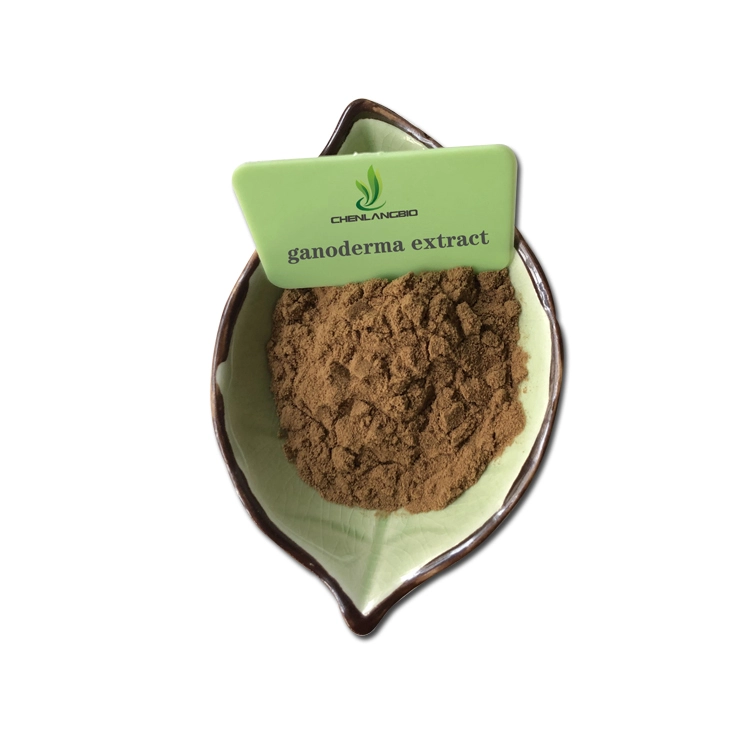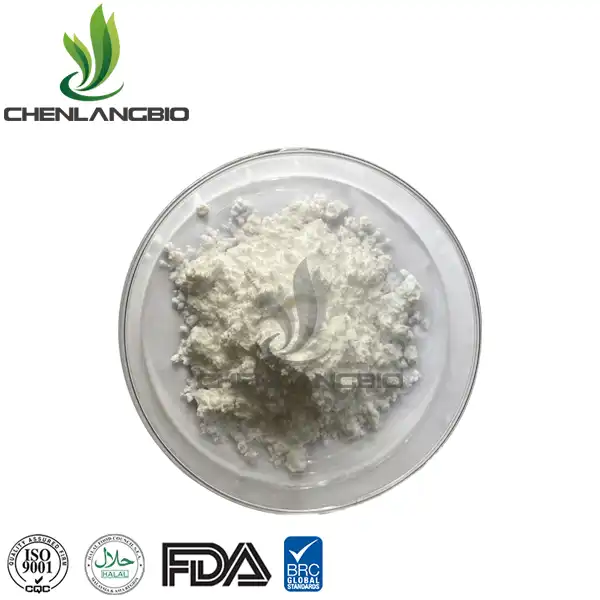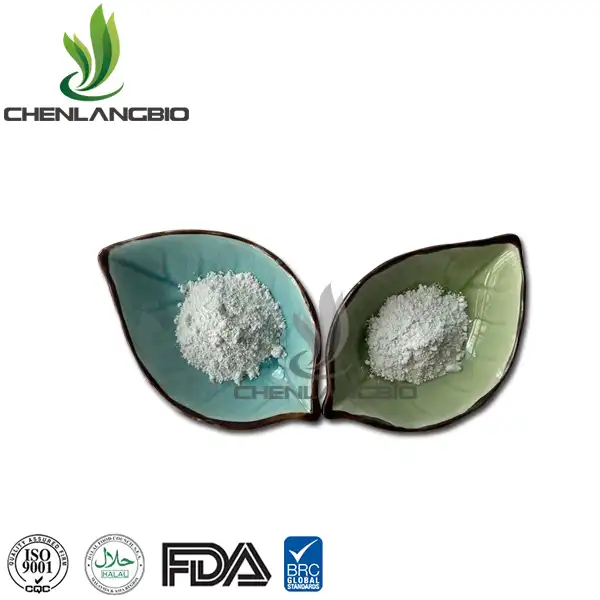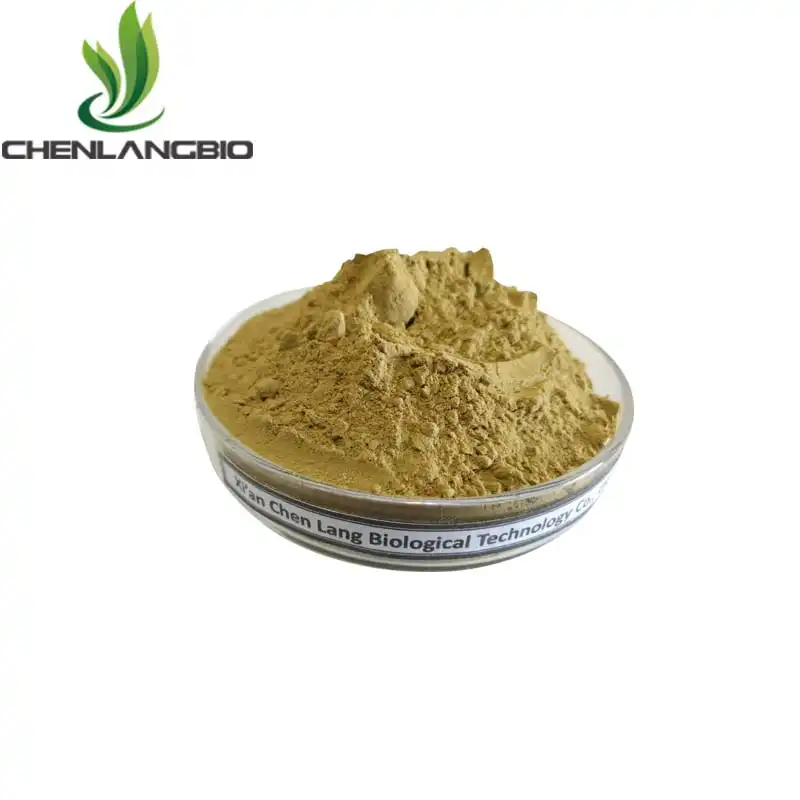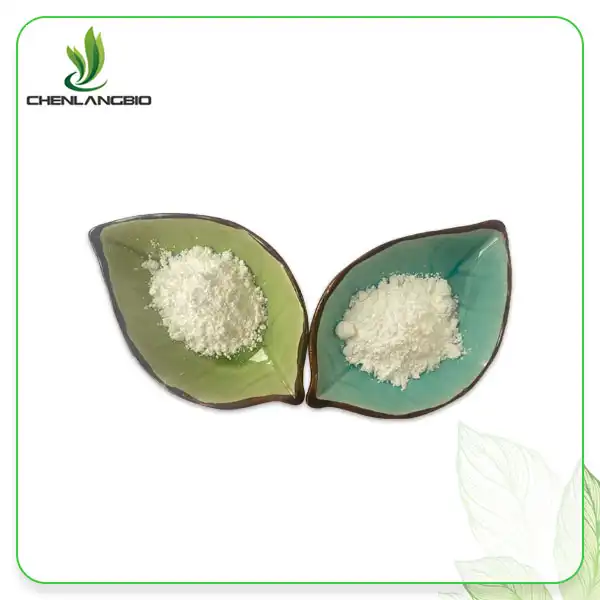How to Make Centella Asiatica Extract?
2025-03-12 16:28:00
Centella asiatica, also known as Gotu Kola, is a herb renowned for its medicinal properties and potential health benefits. This blog post explores the process of making centella asiatica extract powder, a concentrated form of this powerful plant. We'll delve into the intricate steps involved in extracting the beneficial compounds from the herb, discuss various extraction methods, and highlight the importance of quality control throughout the process. Whether you're a researcher, manufacturer, or simply curious about herbal extracts, this comprehensive guide will provide valuable insights into the world of our production.
Understanding Centella Asiatica and Its Benefits
Botanical Characteristics of Centella Asiatica
Centella asiatica is a perennial herb native to wetland areas of Asia. It's characterized by small, round leaves and delicate flowers. The plant thrives in moist environments and is often found near water bodies. Understanding these botanical features is crucial for identifying high-quality raw materials for our production.
Active Compounds in Centella Asiatica
The potency of Centella Asiatica Extract Powder lies in its rich composition of bioactive compounds. These include triterpenoids like asiaticoside, madecassoside, and asiatic acid. Additionally, the plant contains flavonoids and other phytochemicals that contribute to its therapeutic properties. Recognizing these compounds is essential for developing effective extraction protocols.
Traditional and Modern Uses of Centella Asiatica
Historically, Centella asiatica has been used in traditional medicine systems for various ailments. In modern times, our product has gained popularity in skincare, nutraceuticals, and pharmaceuticals. Its potential benefits include wound healing, cognitive enhancement, and anti-inflammatory effects. This versatility drives the demand for high-quality extract powders.
Preparing for Centella Asiatica Extraction
Sourcing High-Quality Raw Materials
The quality of centella asiatica extract powder begins with the raw materials. Sourcing involves selecting plants grown in optimal conditions, free from contaminants and pesticides. Factors such as soil quality, climate, and harvesting time significantly impact the concentration of active compounds. Establishing relationships with reliable suppliers ensures consistent quality in the raw material.
Cleaning and Processing the Plant Material
Once sourced, the Centella asiatica plants undergo thorough cleaning to remove dirt, debris, and potential contaminants. This process may involve washing, sorting, and inspecting the plant material. Proper cleaning is crucial to ensure the purity of the final product. After cleaning, the plant material is often dried under controlled conditions to reduce moisture content without degrading the active compounds.
Selecting the Appropriate Extraction Method
Choosing the right extraction method is pivotal in producing high-quality Centella Asiatica Extract Powder. Factors to consider include the desired concentration of active compounds, the intended use of the extract, and the available equipment. Common methods include solvent extraction, supercritical fluid extraction, and steam distillation. Each method has its advantages and may be selected based on specific product requirements.
Extraction Techniques for Centella Asiatica
Solvent Extraction Method
Solvent extraction is a widely used method for producing Centella Asiatica Extract Powder. This process involves using organic solvents like ethanol or methanol to dissolve and extract the active compounds from the plant material. The choice of solvent affects the efficiency and selectivity of the extraction. After extraction, the solvent is carefully removed, leaving behind a concentrated extract. This method is effective but requires strict control to ensure solvent removal and product safety.
Supercritical Fluid Extraction
Supercritical fluid extraction, often using carbon dioxide, is an advanced technique for producing Centella Asiatica Extract Powder. This method utilizes the unique properties of supercritical fluids to extract compounds efficiently. It offers advantages such as low processing temperatures and absence of solvent residues. The resulting extract is typically of high purity and quality, making it suitable for premium products.
Water-Based Extraction Techniques
Water-based extraction methods, including decoction and infusion, are traditional techniques that can be adapted for commercial production of Centella Asiatica Extract Powder. These methods are often preferred for their simplicity and eco-friendliness. However, they may require additional steps to concentrate the extract and achieve the desired potency. Water-based extracts are sometimes favored for products emphasizing natural processing methods.
Post-Extraction Processing and Quality Control
Concentration and Drying Techniques
After extraction, the liquid extract undergoes concentration to increase the potency of the centella asiatica extract powder. This may involve evaporation, vacuum drying, or spray drying techniques. The choice of concentration method affects the final product's characteristics, including solubility and stability. Careful control of temperature and pressure during this stage is crucial to preserve the integrity of the active compounds.
Standardization of Centella Asiatica Extract Powder
Standardization is a critical step in ensuring consistent quality and efficacy of Centella Asiatica Extract Powder. This process involves adjusting the concentration of key active compounds to meet predetermined specifications. Techniques such as blending different batches or adding excipients may be employed to achieve standardization. This step is essential for producing reliable and effective extract powders for various applications.
Quality Assurance and Testing Protocols
Rigorous quality control is essential in the production of Centella Asiatica Extract Powder. This includes testing for purity, potency, and safety. Advanced analytical techniques such as HPLC (High-Performance Liquid Chromatography) and mass spectrometry are often used to quantify active compounds and detect impurities. Microbiological testing ensures the absence of harmful pathogens. Comprehensive quality assurance protocols are crucial for meeting regulatory standards and ensuring consumer safety.
Packaging and Storage of Centella Asiatica Extract Powder
Appropriate Packaging Materials
Selecting the right packaging is crucial for preserving the quality of Centella Asiatica Extract Powder. Materials should protect the extract from light, moisture, and air exposure, which can degrade the active compounds. Common packaging options include airtight, opaque containers or foil-lined bags. The choice of packaging may also depend on the intended use and storage conditions of the extract powder.
Optimal Storage Conditions
Proper storage is essential for maintaining the potency and stability of Centella Asiatica Extract Powder. Typically, the extract should be stored in a cool, dry place away from direct sunlight. Temperature and humidity control are crucial, as extreme conditions can lead to degradation of the active compounds. Some extracts may require refrigeration or special storage conditions to ensure long-term stability.
Shelf Life Considerations
Understanding and managing the shelf life of centella asiatica extract powder is important for both manufacturers and end-users. Factors affecting shelf life include the extraction method, concentration of active compounds, and storage conditions. Regular stability testing can help determine the appropriate shelf life and ensure that the extract maintains its potency over time. Proper labeling with expiration dates and storage instructions is essential for product integrity.
Applications and Future Trends in Centella Asiatica Extract Production
Current Industrial Applications
Our product finds wide applications across various industries. In cosmetics, it's prized for its skin-healing and anti-aging properties. The nutraceutical industry utilizes it for cognitive health supplements. Pharmaceutical applications include wound healing and vascular health products. Understanding these diverse applications is crucial for tailoring the extraction and production processes to meet specific industry needs.
Emerging Research and Potential New Uses
Ongoing research continues to uncover new potential applications for products. Studies are exploring its effects on neurological disorders, metabolic health, and even cancer prevention. These emerging areas of research may lead to new market opportunities and drive innovations in extraction techniques to isolate specific compounds of interest.
Sustainable Production Practices
As demand for Centella Asiatica Extract Powder grows, there's an increasing focus on sustainable production practices. This includes developing eco-friendly extraction methods, implementing responsible sourcing of raw materials, and optimizing resource use in production. Sustainable practices not only benefit the environment but also resonate with conscientious consumers, potentially opening new market segments for environmentally friendly products.
Conclusion
The production of centella asiatica extract powder is a complex process that requires expertise, precision, and adherence to quality standards. From sourcing high-quality raw materials to employing advanced extraction techniques and rigorous quality control, each step is crucial in creating a potent and effective extract. As research continues to unveil new potential applications, the future of production looks promising, with opportunities for innovation and sustainable practices. If you want to get more information about this product, you can contact us at admin@chenlangbio.com.
References
1. Smith, J. (2022). "Centella Asiatica: From Traditional Use to Modern Extraction Techniques." Journal of Herbal Medicine.
2. Wang, L., et al. (2021). "Optimization of Extraction Methods for Centella Asiatica Bioactive Compounds." Industrial Crops and Products.
3. Johnson, R. (2023). "Quality Control in Herbal Extract Production: A Case Study of Centella Asiatica." Pharmaceutical Engineering Journal.
4. Lee, S.Y., et al. (2020). "Standardization Techniques for Centella Asiatica Extracts: Current Practices and Future Directions." Phytochemical Analysis.
5. Brown, A. (2022). "Sustainable Practices in Herbal Extract Production: Focusing on Centella Asiatica." Journal of Sustainable Agriculture and Processing.
6. Chen, H., et al. (2021). "Emerging Applications of Centella Asiatica Extract in Pharmaceuticals and Nutraceuticals." Trends in Food Science & Technology.
Send Inquiry
Related Industry Knowledge
- What is Bulk Dimethylmethoxy Chromanol? Benefits & Uses
- Pro-xylane Powder: Benefits for Skin Care
- How to Use Tadalafil Powder for Optimal Results
- How Do You Know if Praziquantel is Working
- Is EGCG the Same As Green Tea Extract
- What Is Palmitoyl Isoleucine Used For
- What Is Difference Between Tranexamic Powder, Alpha Arbutin Powder and Nicotinamide
- What’s Difference Between the Resveratrol Extract Powder, Coenzyme Q 10 Powder
- China Madecassoside Powder Supplier
- Is It Safe to Take Pure Fisetin Powder Every Day





